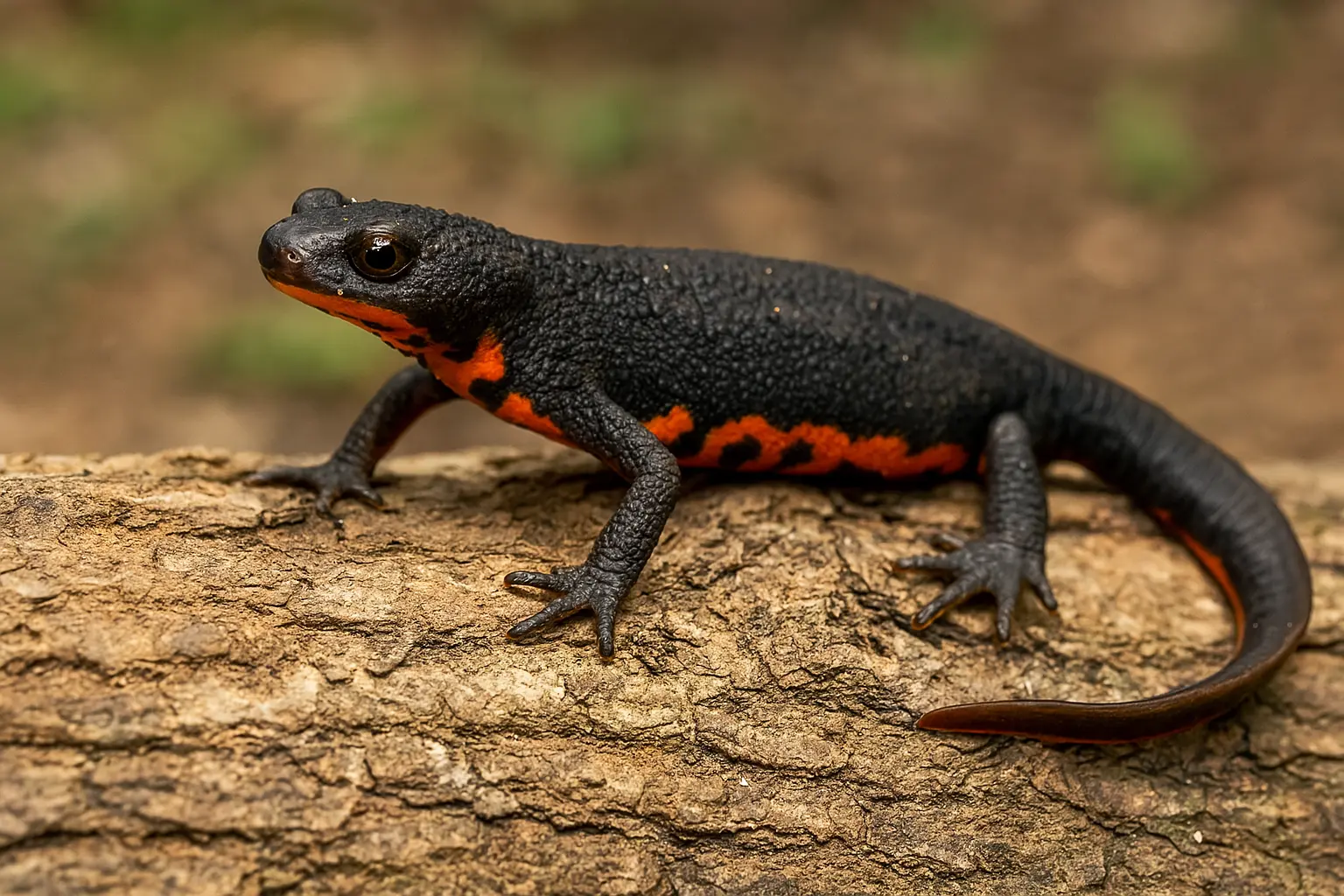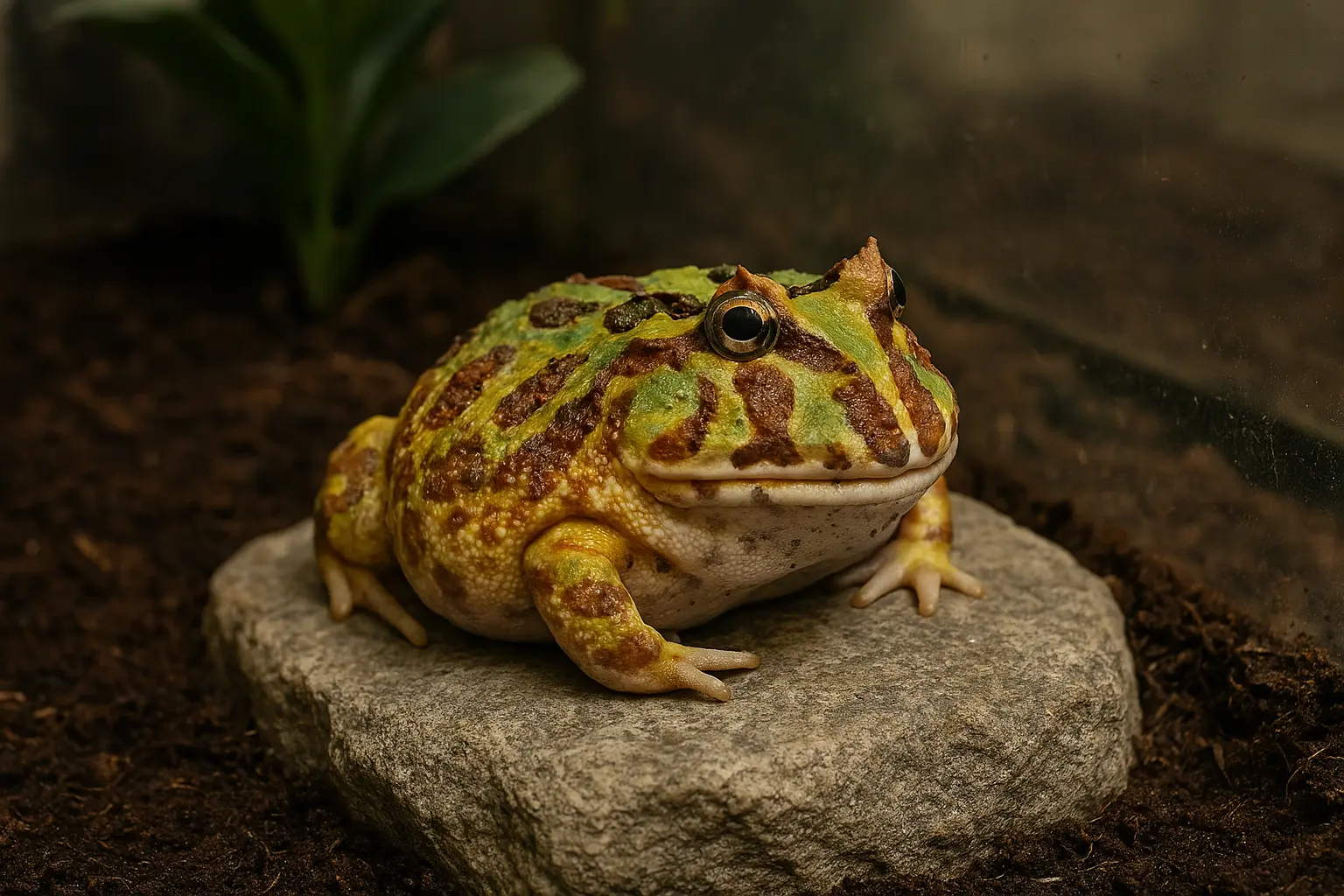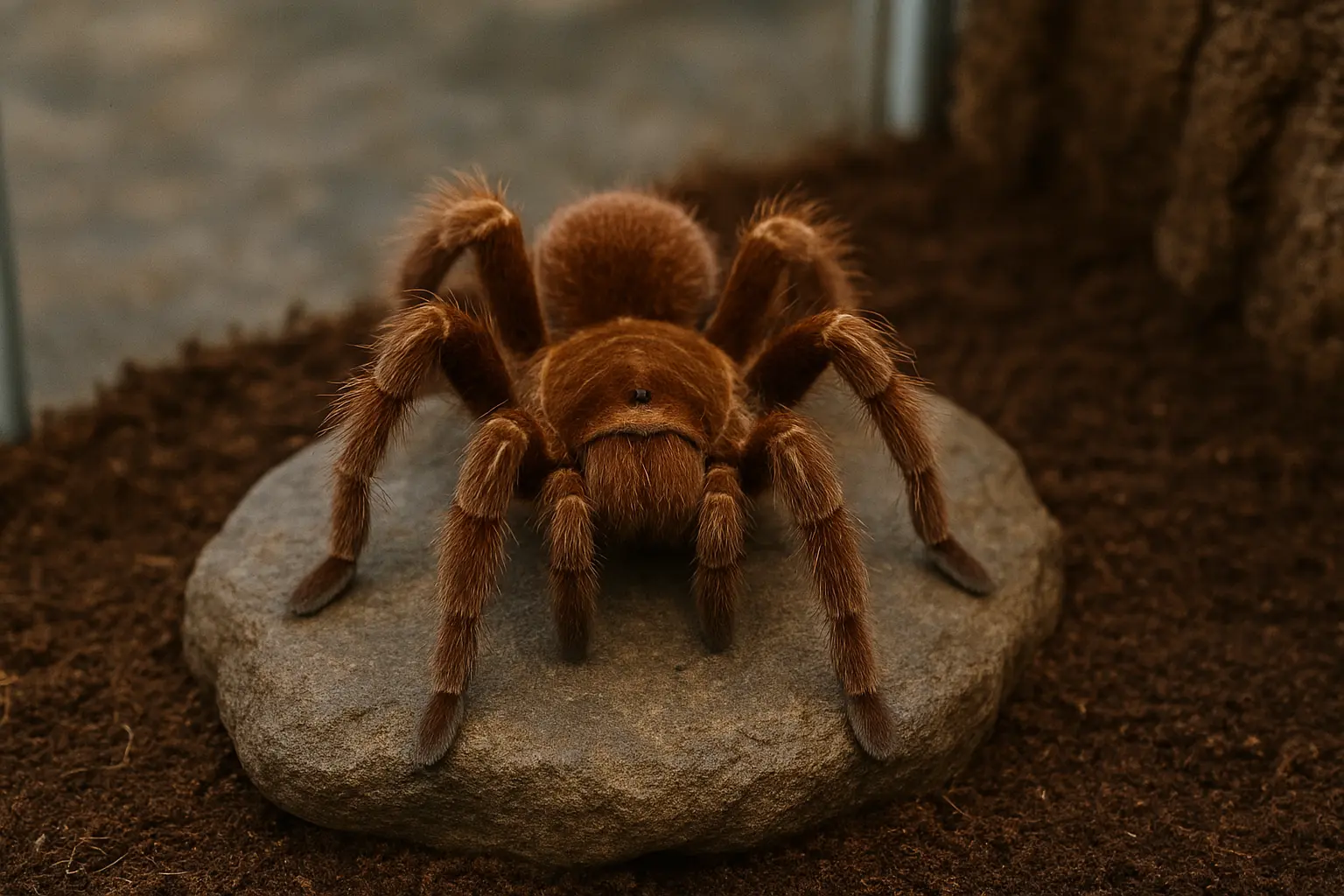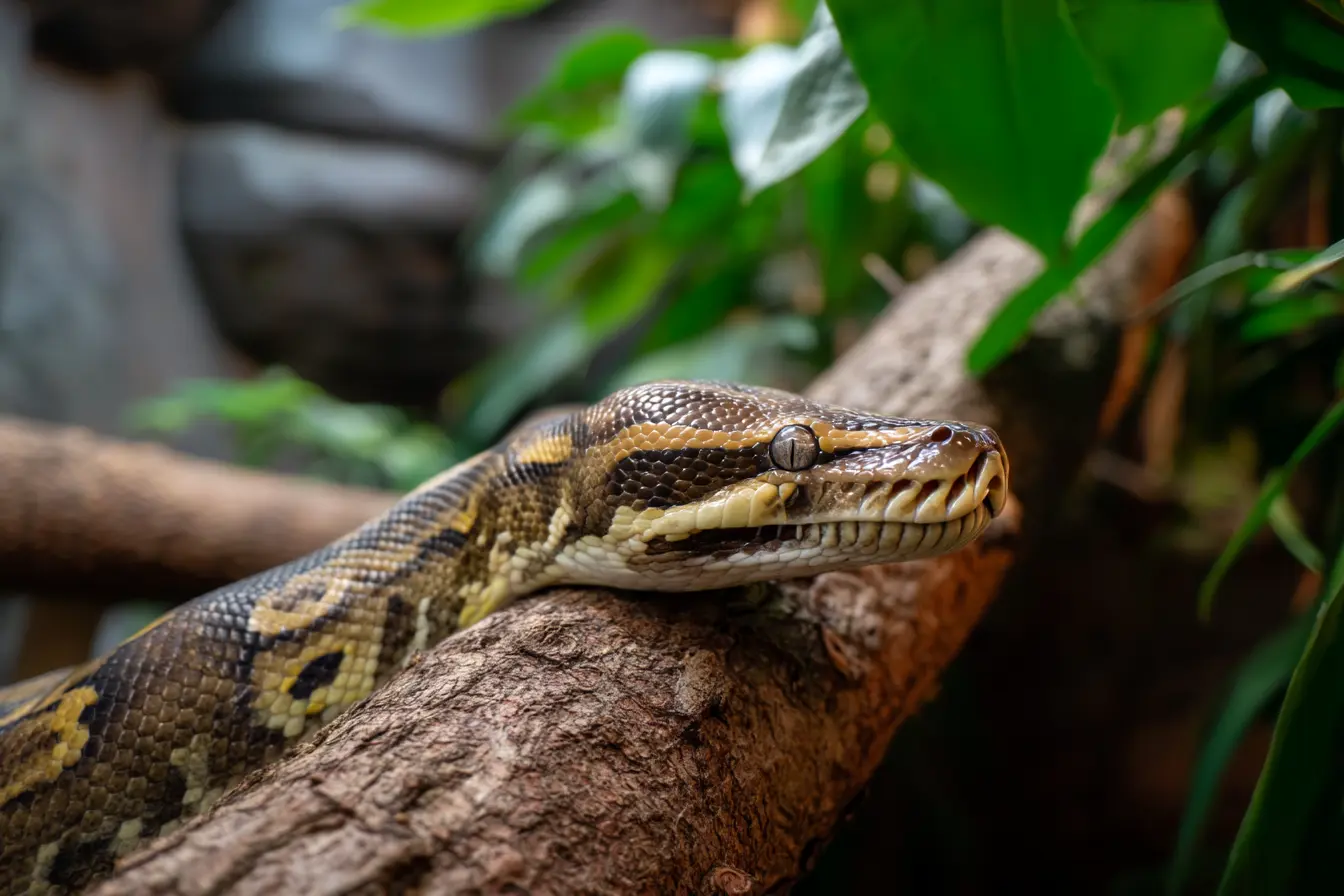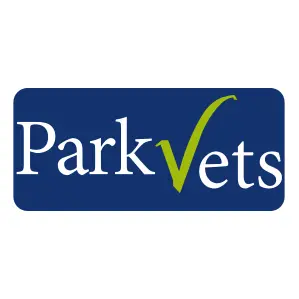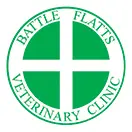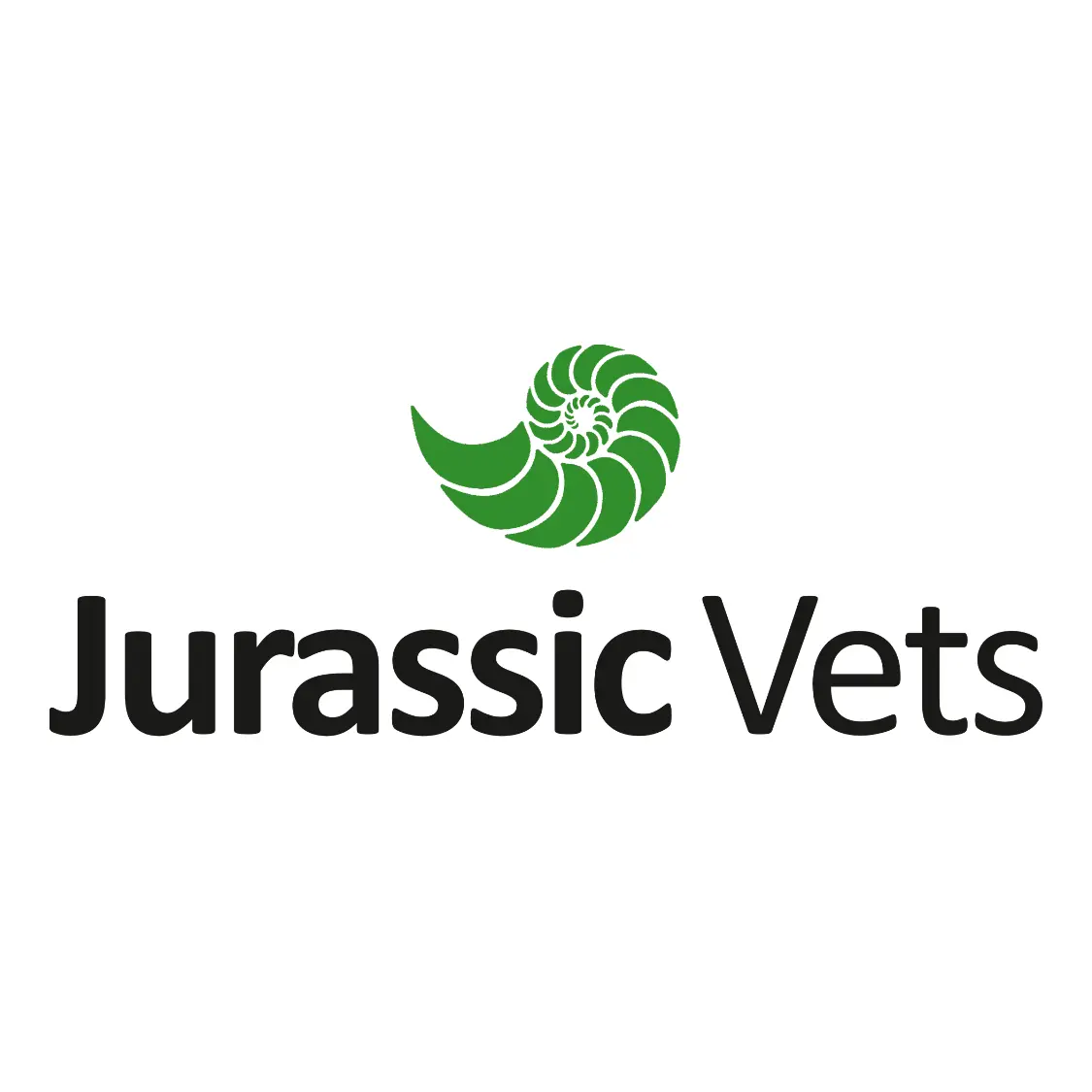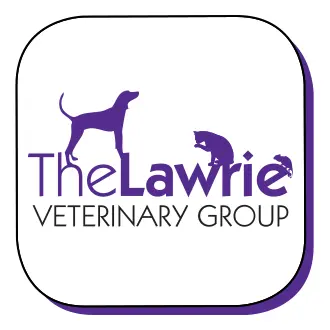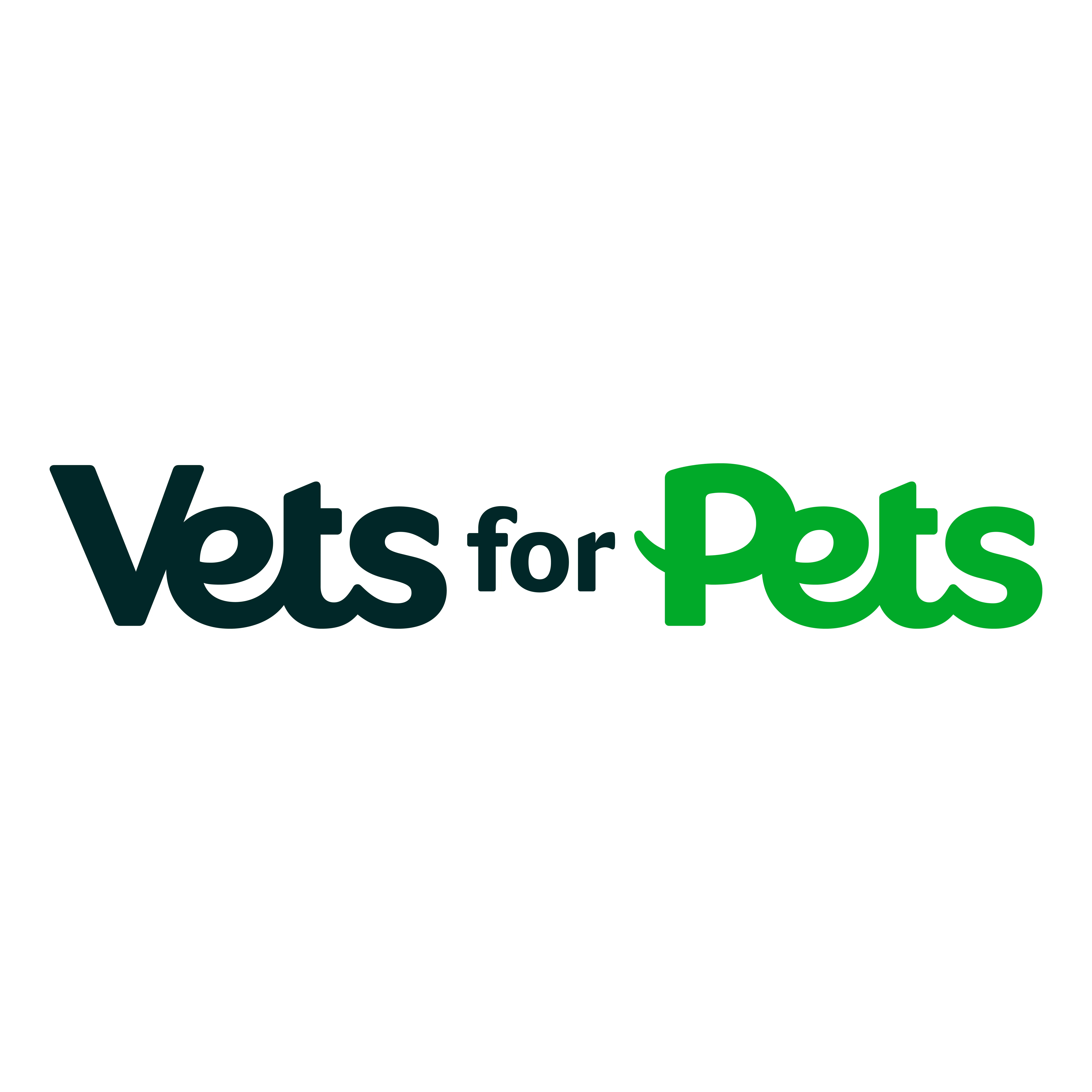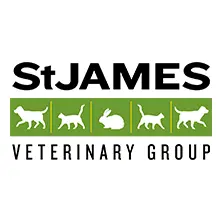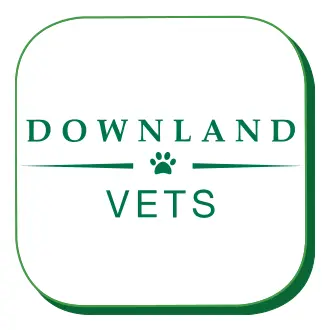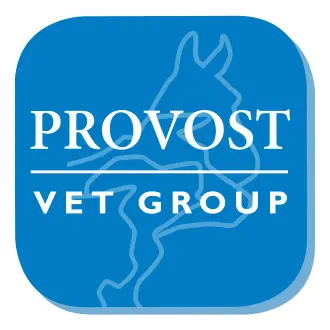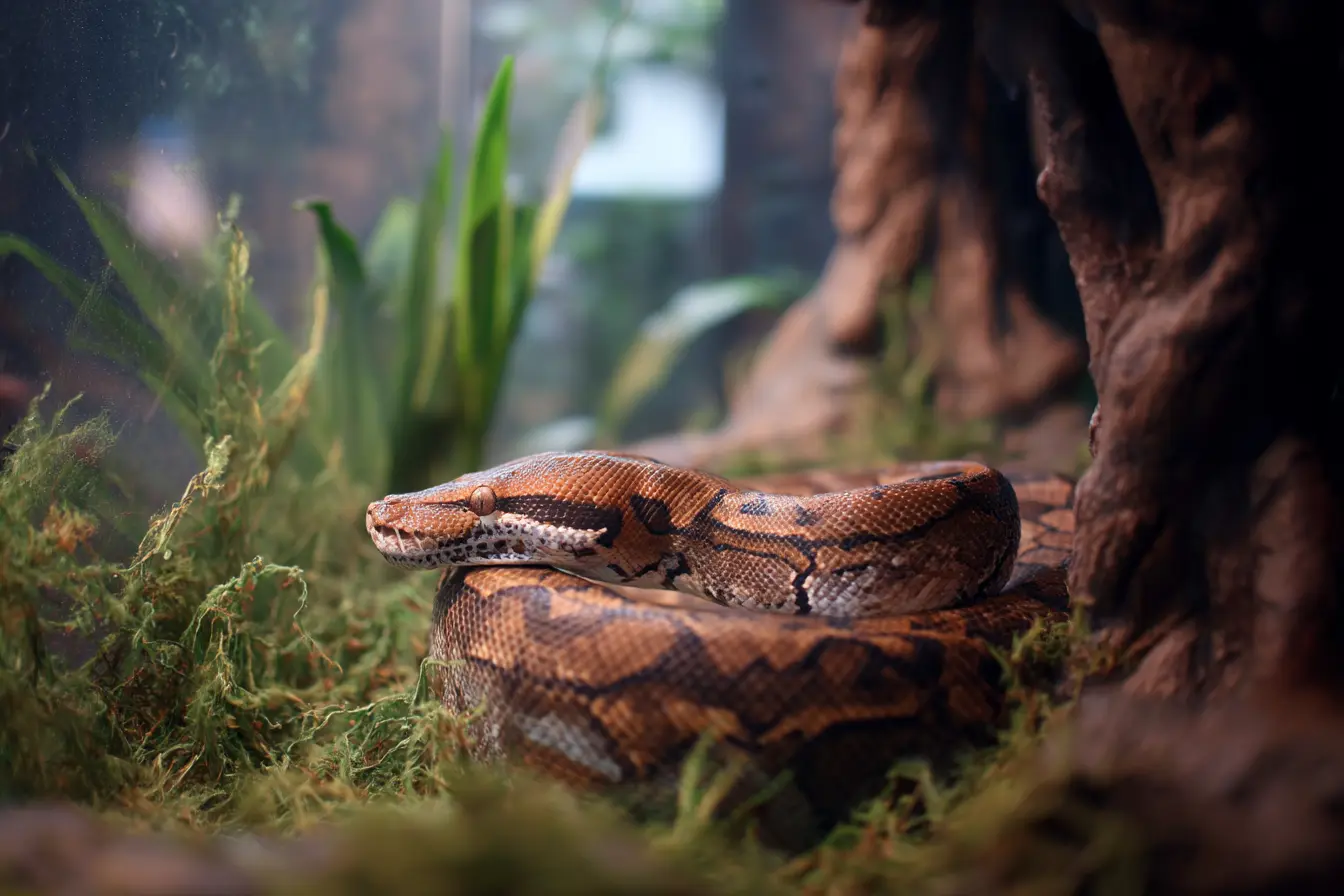
A Comprehensive Guide to Owning a Boa Constrictor
Boa constrictors are among the more impressive pet snakes that one can own due to their size, strength, and unique appearance. If you're considering adding a boa constrictor to your family, here is everything you need to understand to ensure you can provide a safe and enriching environment for your new pet.
Introduction to Boa Constrictors
Boa constrictors are large, non-venomous snakes native to the Americas, from northern Mexico to Argentina. Known for their distinctive pattern and muscular build, they can vary significantly in size, with adults typically reaching between 2 to 4 meters (6 to 13 feet) in length.
Legal and Ethical Considerations
Before purchasing a boa constrictor, verify that you comply with UK exotic pet ownership laws. Although a Dangerous Wild Animals Licence is not required for boa constrictors in the UK, responsible ownership is crucial. Always source your boa from a reputable breeder to ensure it has been bred ethically and not taken from the wild.
Setting Up the Ideal Habitat
Enclosure
- Size: Given their size, a substantial enclosure is necessary. A young boa can start in a smaller enclosure, but an adult will need a space at least 3 meters (10 feet) in length.
- Heating: Maintain a temperature gradient from 25°C (77°F) at the cool end to 32°C (90°F) at the basking spot.
- Humidity: Boa constrictors require high humidity, around 60-75%, which can be managed with regular misting and a large water dish.
- Substrate: Use aspen shavings, cypress mulch, or coconut fibre to help maintain humidity levels.
Security
- Escape-proof: Boas are strong and can escape from poorly secured enclosures. Ensure all enclosure doors are securely fastened.
Feeding Your Boa Constrictor
Boa constrictors are carnivorous and primarily consume whole prey items such as rats, rabbits, and occasionally birds:
- Frequency: Feed juveniles every 7-10 days, and adults every 2-4 weeks.
- Prey Size: Prey size should be appropriate to the girth of the boa, generally no larger than the largest part of its body.
- Feeding Method: Pre-killed frozen-thawed prey is recommended for safety and health.
Health Care
Regular veterinary checks are essential for spotting signs of distress or illness early. Common health issues include respiratory infections, mites, and obesity from overfeeding.
Handling and Behaviour
Boa constrictors can be docile if handled regularly from a young age, but always respect their strength and potential size. Handling should be gentle and confident to build trust between you and your snake.
Conclusion
Owning a boa constrictor is a long-term commitment, with these snakes often living for over 20 years in captivity. They require significant space, regular care, and a responsible owner dedicated to meeting their complex needs. With the right preparation and respect for their requirements, a boa constrictor can be a fascinating and rewarding pet.
Related Vets
Vets near you
Speciality vets
- Aquatics vet specialists
- Birds vet specialists
- Camelids vet specialists
- Cats vet specialists
- Cattle vet specialists
- Deer vet specialists
- Dogs vet specialists
- Equines vet specialists
- Exotic vet specialists
- Goats vet specialists
- Pigs vet specialists
- Poultry vet specialists
- Sheep vet specialists
- Small Mammals vet specialists
- Wild vet specialists
